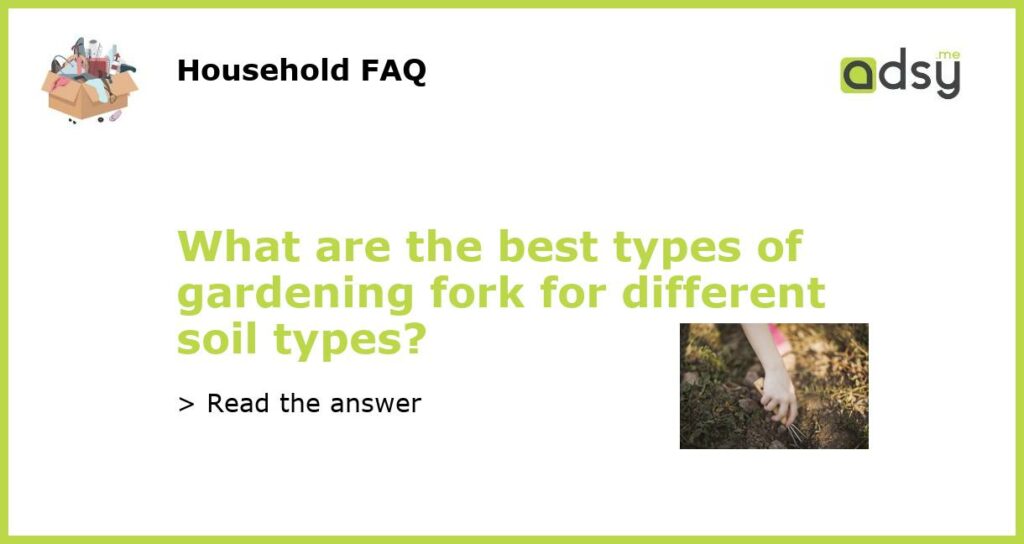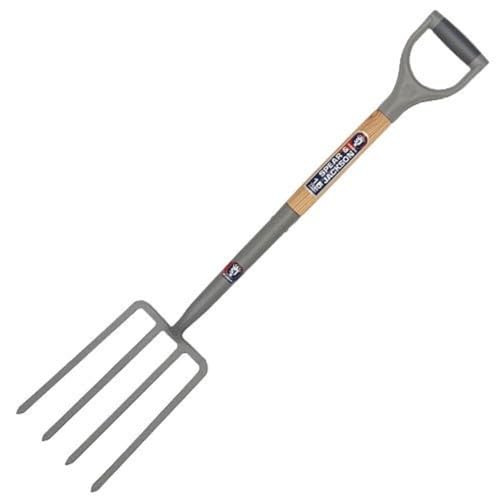The importance of choosing the right gardening fork
Gardening forks are essential tools for any gardener. They come in different types and sizes, and it’s crucial to choose the appropriate one depending on the soil type. If you’re unsure which type of fork is suitable for your garden, this article will guide you through the best types of gardening forks for different soil types.
Best gardening fork for sandy soil
For gardens with sandy soil, a four-tined fork is the best option. The flat tines will penetrate the sandy soil easily, allowing you to loosen and aerate the soil without much effort. Four-tined forks are also ideal for removing weeds and other debris from the soil. Look for a fork with long, sturdy tines that won’t bend or break easily.
Best gardening fork for clay soil
Clay soil can be challenging to work with, but the right fork can make all the difference. For clay soil, a three-tined fork is the best option. The curved tines can break up the soil, allowing air and nutrients to penetrate the ground. The curved tines are also less likely to clog up with clay, making it easier to work with. Look for a sturdy three-tined fork with a comfortable handle that won’t slip out of your hand.
Best gardening fork for loamy soil
Loamy soil is a gardener’s dream, as it’s easy to work with and perfect for growing a variety of plants. A standard garden fork with four or five tines is the right choice for loamy soil. The pointed tines can penetrate the soil without damaging the structure, allowing you to aerate the soil and prepare it for planting. Look for a fork with a comfortable handle and sturdy tines that won’t bend or break.
Choosing the right gardening fork for your soil type is essential for maintaining healthy plants and a thriving garden. Whether you have sandy, clay, or loamy soil, there is a gardening fork that is suitable for your needs. By using the right fork, you’ll be able to loosen the soil, remove debris, and aerate the ground with ease.






